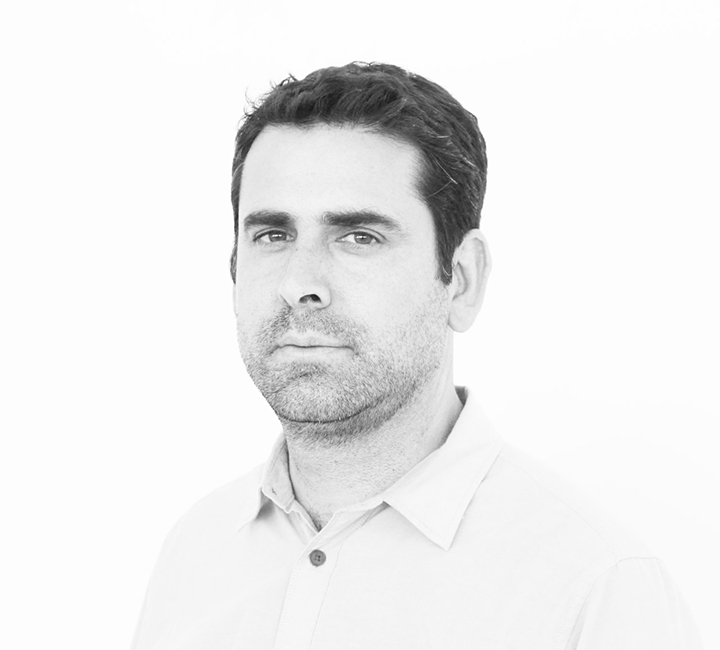
University Students for the Future – the main challenges of our time
Samuel Rama
OPEN CLASS
APRIL 22TH OF 2024, 2.30PM
ROOM 10 OF EP1
The Big Bang occurred approximately 13.7 billion years ago and the formation of planet Earth took place approximately 4.54 billion years ago. The appearance of Homo Sapiens – 300,000 years ago and their organization into civilizations only took place 6,000 years ago.
Complex, interdependent and abundant life forms have developed since the appearance of planet Earth at an optimal distance from the sun, with a mass and gravity suitable for the formation of an atmosphere useful for creating life. But from the end of the 19th century to the present day, the human species has been responsible for the greenhouse effect, the mass felling of forests to support the industrial revolution and the growth of cities, the acidification of the oceans, the retreat of glaciers, or the failure of thermohaline currents… 1/3 of coral reefs, 1/3 of freshwater molluscs, 1/3 of sharks and rays, ¼ of mammals, 1/5 of reptiles and 1/6 of birds have already disappeared. The diagnosis is embarrassing, both in relation to the remaining species and the ecosystems they inhabit.
The established economic model has helped to create unprecedented environmental devastation on the planet. It is based on the exponential consumption of resources, which creates gigantic inequalities. The richest 1% of the planet’s population own around 46% of the world’s GDP. And the poorest 70% have only 3% of the world’s GDP. Inequalities are toxic, especially in democratic societies. The decline in the history of the abundance of life forms on planet Earth, which compromises us as a species, requires a critical stance of analysis and action, with a view to the regeneration that is still possible for each and every one of us.
Samuel Rama has a degree in Fine Arts from the School of Arts and Design – Caldas da Rainha, where he has taught since 2003. He holds a PhD in Visual Arts and Intermedia from the Polytechnic University of Valencia. He was interim director and deputy director of ESAD.CR and Pro-President of the Polytechnic of Leiria for culture and libraries.
An artist and teacher, his work focuses on researching the intricate and complex relationship between the mediums of sculpture, drawing and photography and notions of landscape.
He is part of a group of higher education professors who have organized a series of debates on climate change issues.




